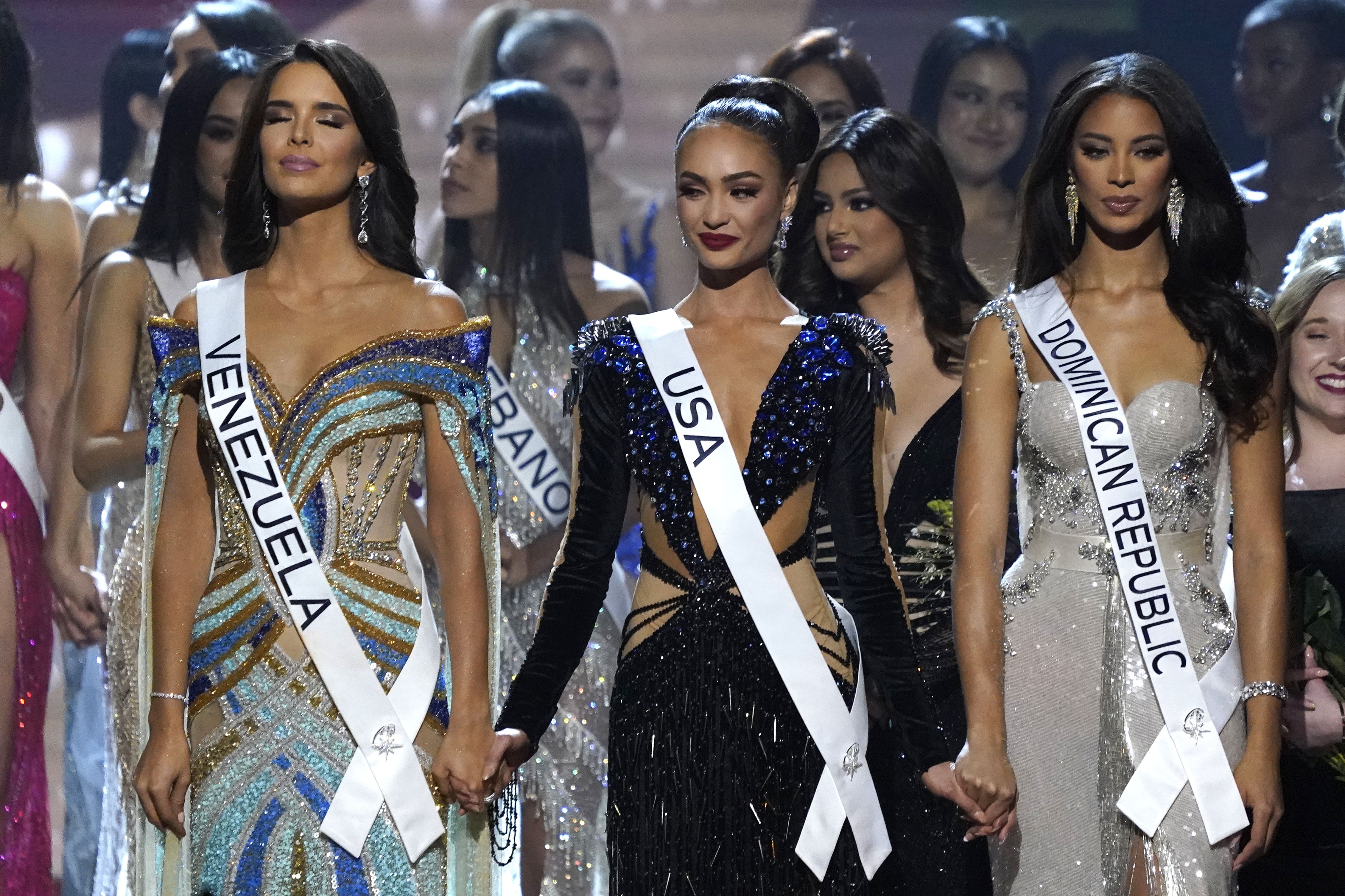Miss World: A Pageant of Beauty and Complexity
The Miss World pageant, first held in 1951, has been a highly visible and influential global event for over seven decades. Over the years, the competition has crowned women from all corners of the globe, each representing their nation and showcasing their unique talents and attributes. While the pageant has been lauded for its promotion of beauty, diversity, and cultural exchange, it has also faced criticism for its narrow beauty standards, its commodification of women, and its reinforcement of traditional gender roles.
This essay critically examines the complexities of Miss World champions, exploring the contest's evolution, its impact on women, and the broader societal implications of its existence. Through an analysis of historical records, scholarly research, and media coverage, we will unpack the multiple dimensions of this iconic pageant and its relevance in contemporary society.
Beauty Standards, Diversity, and Representation
One of the most striking aspects of the Miss World pageant is its emphasis on physical beauty. Contestants are judged based on their appearance, poise, and overall presentation. Over the years, the pageant has been criticized for promoting a narrow and unattainable ideal of beauty that often favors certain racial and ethnic groups over others.
However, in recent years, there has been a noticeable effort by the pageant organizers to diversify the pool of contestants and promote a more inclusive vision of beauty. The introduction of categories such as "Miss World Top Model" and "Miss World Sports" has allowed women with diverse talents and interests to participate in the competition. Additionally, the pageant has made strides to feature women from a wider range of backgrounds, including those from marginalized communities and developing countries.
While these efforts are commendable, there is still room for further improvement. The beauty standards that govern the pageant continue to be Eurocentric, and women who do not conform to these standards are often overlooked or undervalued. Moreover, the pageant's focus on youth and slimness can perpetuate harmful stereotypes and encourage unhealthy body image perceptions among young women.
Women's Empowerment or Commodification?
The Miss World pageant has long been hailed as a platform for women's empowerment. The competition provides women with a global stage to showcase their talents, advocate for causes they care about, and inspire others to pursue their dreams. Many former Miss World winners have gone on to successful careers in entertainment, business, and politics, using their platform to make a positive impact on the world.
However, critics argue that the pageant objectifies women and reduces them to their physical appearance. They contend that the emphasis on beauty and physical perfection reinforces patriarchal notions of women's value and perpetuates the idea that women's primary worth lies in their appearance.
It is important to acknowledge that the Miss World pageant is a commercial enterprise, and as such, it operates within the constraints of the market. To remain financially viable, the pageant must appeal to its audience and generate revenue. This can lead to a focus on sensationalism and spectacle, which may come at the expense of women's dignity and autonomy.
Societal Implications and Cultural Exchange
The Miss World pageant has a profound impact on popular culture and societal attitudes towards women. Its global reach and media exposure make it a powerful vehicle for shaping perceptions of beauty, gender, and national identity.
For many countries, participation in the Miss World pageant provides an opportunity to showcase their culture and traditions on a global stage. It can foster a sense of national pride and contribute to the development of a country's soft power. However, the pressure to succeed in the competition can also lead to cultural homogenization, as countries strive to conform to the pageant's standards of beauty and presentation.
Moreover, the pageant's emphasis on international representation can create a sense of global community and foster understanding among different cultures. The interaction between contestants from diverse backgrounds provides an opportunity for cultural exchange and the breaking down of stereotypes.
Conclusion
The Miss World pageant is a complex and multifaceted phenomenon that defies easy categorization. It is both a celebration of beauty and diversity and a site of contestation over women's roles and societal values. The pageant has evolved over the years, reflecting changing societal norms and expectations, and it continues to spark debate and scrutiny.
While the pageant has been criticized for its narrow beauty standards and its objectification of women, it has also provided a platform for women to showcase their talents, advocate for important causes, and inspire others. The pageant's global reach and cultural impact make it a significant force in shaping perceptions of women and beauty, and it is likely to continue to be a topic of discussion and debate for years to come.
As we move forward, it is imperative that the Miss World pageant continues to evolve and adapt to the changing landscape of gender equality and social justice. The pageant has a responsibility to use its platform to promote positive body image, challenge harmful stereotypes, and empower women to reach their full potential. By embracing diversity, inclusivity, and female empowerment, the Miss World pageant can truly become a force for good in the world.
A BIG Statement: Desmond Watson Rumbles, Strikes The Heisman Pose In Florida's Gasparilla Bowl Win
There Aren't A Lot Of Firsts At Notre Dame. This Was One Of Them
Mariah Carey: The Queen Of Christmas And R&B Icon



